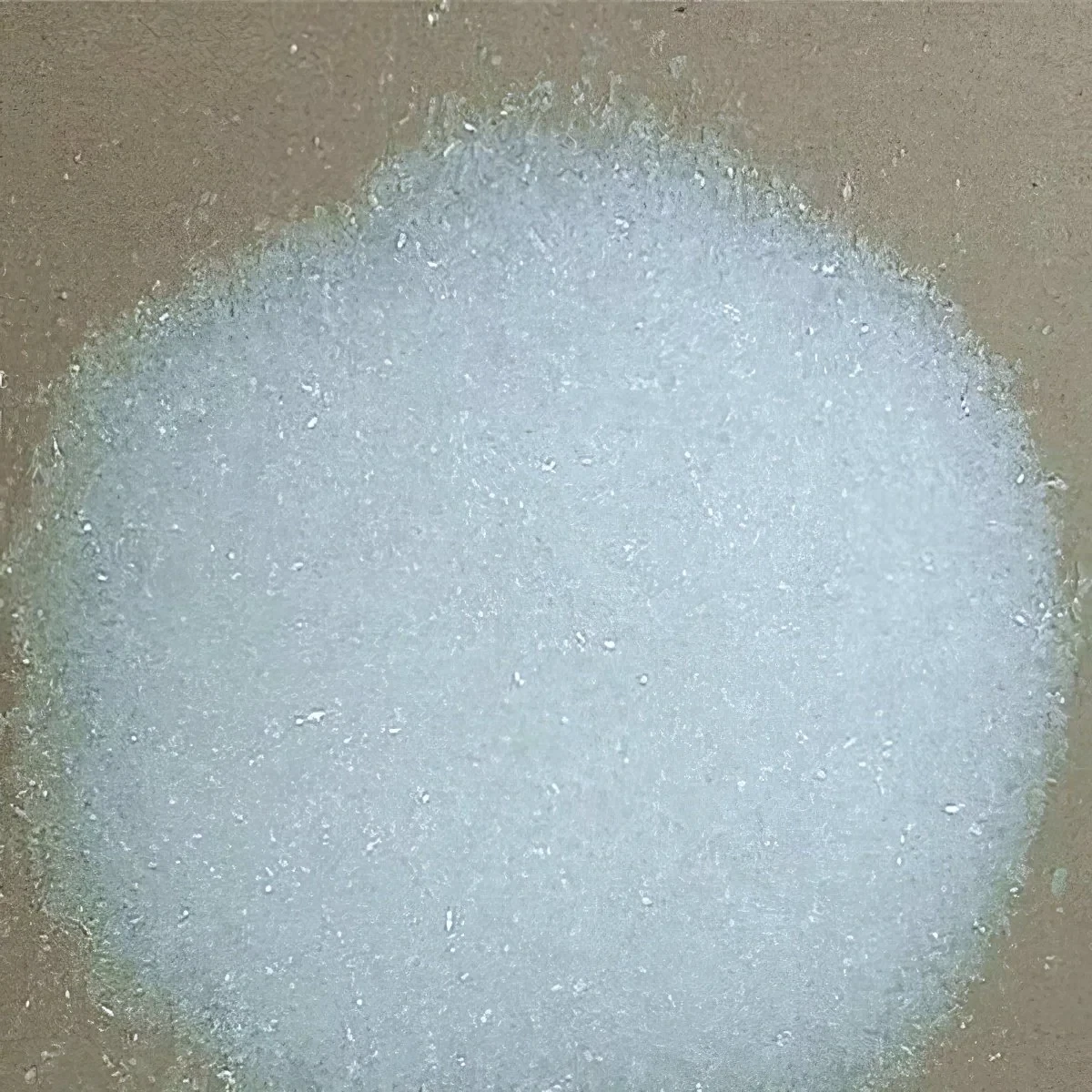



Calcium Ammonium Nitrate - Composition, Properties, and Uses
Understanding the Structure of Calcium Ammonium Nitrate
Calcium Ammonium Nitrate (CAN) is a widely used fertilizer that combines calcium, ammonium, and nitrate in its chemical structure. The chemical formula for this compound is typically represented as Ca(NO₃)₂·NH₄NO₃, signifying that it contains both nitrate ions (NO₃⁻) and ammonium ions (NH₄⁺) alongside calcium ions (Ca²⁺). This structural composition not only highlights its multi-nutrient profile but also its significance in agriculture.
Composition and Structure
The core components of Calcium Ammonium Nitrate include calcium ions, which play a crucial role in plant structure and metabolism, ammonium ions that serve as a nitrogen source, and nitrate ions essential for plant growth. The calcium ions contribute to cell wall stability and enzyme activity, which is vital for various physiological processes.
Structurally, CAN is often found as a crystalline solid, which varies in appearance based on its hydration state. The most common form is the tetrahydrate, wherein the calcium ions and nitrogen-containing species are arranged in a lattice structure that holds water molecules within its framework. This hydration not only impacts the stability and solubility of the fertilizer but also influences how the nutrients are released in the soil.
Benefits of Calcium Ammonium Nitrate
One of the key advantages of Calcium Ammonium Nitrate is its ability to supply both immediate and prolonged nitrogen availability to plants. The ammonium component provides a quick source of nitrogen that can be rapidly absorbed and utilized, while the nitrate form offers longevity as it is available for uptake over a more extended period. This dual-release mechanism can lead to improved crop yields and better nutrient management.
calcium ammonium nitrate structure

Furthermore, the inclusion of calcium helps mitigate the risk of soil acidity, which is often an issue in areas with high ammonium fertilization. By balancing soil pH, CAN promotes healthier root development and enhances nutrient uptake efficiency.
Application in Agriculture
Calcium Ammonium Nitrate is versatile and can be applied to a variety of crops, including grains, fruits, and vegetables. Its application methods vary, including broadcasting, side-dressing, and fertigation, depending on the specific crop needs and growing conditions. The formulation’s solubility makes it suitable for both conventional and organic farming practices as it can be used in a controlled-release manner when applied correctly.
Moreover, CAN plays a significant role in combating physiological disorders in plants, such as blossom-end rot in tomatoes and peppers, which is often caused by calcium deficiency. By ensuring an adequate supply of calcium alongside nitrogen, farmers can address these issues proactively.
Conclusion
In summary, the structure and composition of Calcium Ammonium Nitrate underscore its pivotal role in modern agriculture. With its effective nutrient delivery system, the unique combination of calcium, ammonium, and nitrate not only boosts plant growth but also promotes soil health. As global agricultural practices continue to evolve, the importance of multi-nutrient fertilizers like CAN cannot be overstated in achieving sustainable and productive farming systems. Understanding its structure and benefits enhances our ability to utilize this essential compound effectively, ensuring better outcomes for crops and the environment alike.
-
Why Sodium Persulfate Is Everywhere NowNewsJul.07,2025
-
Why Polyacrylamide Is in High DemandNewsJul.07,2025
-
Understanding Paint Chemicals and Their ApplicationsNewsJul.07,2025
-
Smart Use Of Mining ChemicalsNewsJul.07,2025
-
Practical Uses of Potassium MonopersulfateNewsJul.07,2025
-
Agrochemicals In Real FarmingNewsJul.07,2025
-
Sodium Chlorite Hot UsesNewsJul.01,2025










